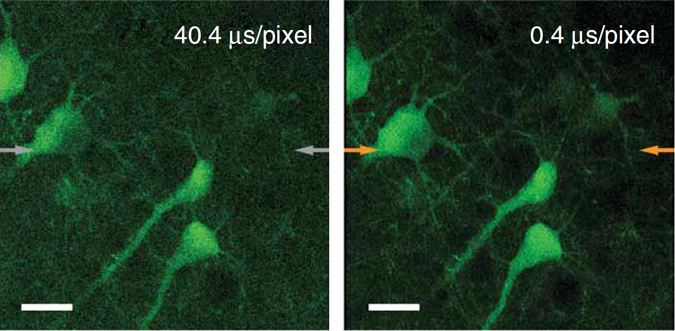
Although many methods exist to image fixed, frozen, or sectioned cells at high resolution, fluorescence microscopy is unique in its ability to study the dynamics of specific target proteins and organelles within living cells. However, since cells evolve in three dimensions, a key challenge is how to image fast enough to follow this evolution continuously in time throughout the entire cellular volume. In my lab, we have developed a variant of plane illumination microscopy that uses scanned Bessel beams to image living cells with 3D isotropic resolution at hundreds of image frames per second.

For high speed 3D imaging in scattering tissues, my colleague Na Ji and I have developed another technology, the passive pulse splitter -- a self-contained unit that, when placed in the path of an ultrafast laser, can increase the pulse repetition rate, and hence the imaging speed, by more than a hundred-fold. Potential applications include high throughput anatomical mapping of neural circuits or rapid functional imaging of activity in neural populations.
